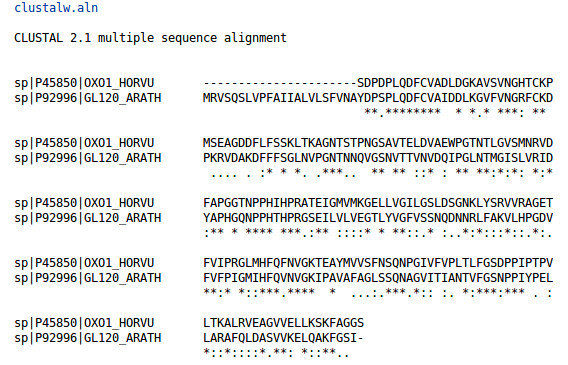| We often receive requests for the antigen sequence used to elicit an antibody, in order to identify background bands appearing on a Western blot. For antibodies made to short synthetic peptides, the chosen sequence is unique for the protein of interest, and knowing the sequence will not help identifying an unwanted protein band. Western blot requires a proper signal-to-noise ratio to allow visualization of the target protein. If the target protein is present in too low amounts, and the antibody used is too highly diluted, combined with low sensitivity of a detection, background bands will take over. The proper way to identify those background bands is sequencing, not sequence analysis. Background bands can also appear when using very efficient antibodies, in conditions with too high protein load/well, and too much primary antibody. Background issue in Western blot is very common, and can be solved by adjusting the protocol, as there is no "one protocol fits all antibodies" approach. We are dealing with samples of different nature, so for some target proteins, extraction conditions have to be adjusted by use of another buffer. Protein isolation from a specific organ, combined with fractionation, is a must when working with proteins of low expression. |  Read about how to solve background issue in Western blot on the Agrisera technical blog. |
Latest
Why an antibody may detect tagged protein but not endogenous one and in some cases endogenous protein but not its tagged version?2025-10-30 Calclulated and aparent molecular weight of detected protein is different, why?
2025-10-09 How to chose right loading control for Western blot?
2025-10-06 Is an antibody going to work in a technique I am planning to use it in?
2025-09-30 Antibody reactivity to recombinant protein,does not validate antibody specificity in endogenous sample
2025-08-20 Can aggregated antibody be still used?
2025-08-15 Blot Once, Probe Twice - when such approach can be beneficial?
2025-07-31 Why should glycerol not be added, to stabilize antibodies in serum?
2025-06-27 Can methanol in transfer buffer be replaced by a less toxic alternative?
2025-05-12 Will the precipitation of SDS in the stripping buffer affect antibody stripping efficiency?
2025-04-29
Archive
- October - 2025
- September - 2025
- August - 2025
- July - 2025
- June - 2025
- May - 2025
- April - 2025
- March - 2025
- February - 2025
- January - 2025
- December - 2024
- November - 2024
- September - 2024
- July - 2024
- June - 2024
- May - 2024
- March - 2024
- February - 2024
- December - 2023
- November - 2023
- September - 2023
- July - 2023
- May - 2023
- March - 2023
- January - 2023
- December - 2022
- November - 2022
- October - 2022
- September - 2022
- August - 2022
- June - 2022
- May - 2022
- March - 2022
- February - 2022
- January - 2022
- November - 2021
- October - 2021
- August - 2021
- June - 2021
- May - 2021
- April - 2021
- March - 2021
- February - 2021
- January - 2021
- December - 2020
- November - 2020
- October - 2020
- September - 2020
- August - 2020
- July - 2020
- June - 2020
- May - 2020
- April - 2020
- March - 2020
- January - 2020
- November - 2019
- October - 2019
- March - 2019
- April - 2017
- February - 2017
- May - 2016
- February - 2014
- September - 2013
- December - 2010
